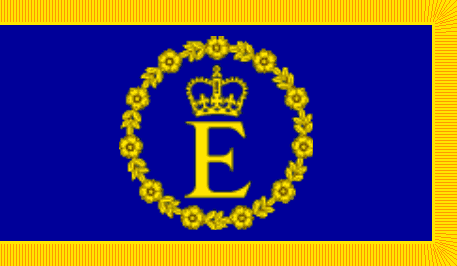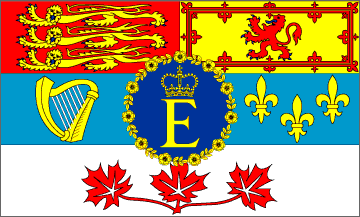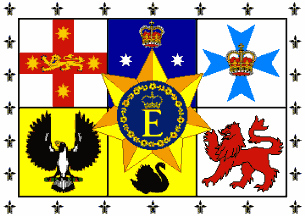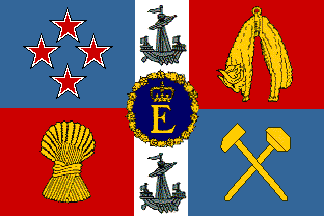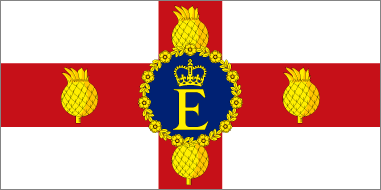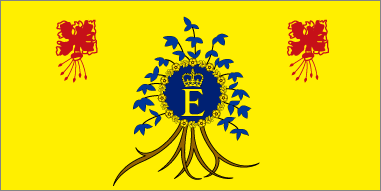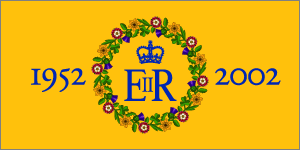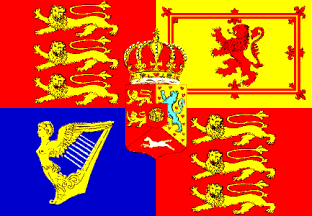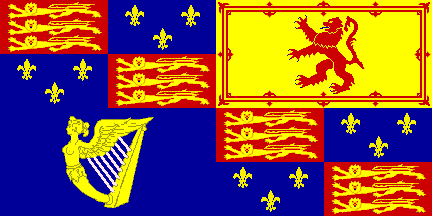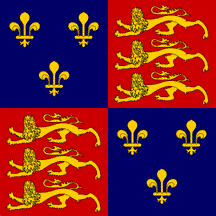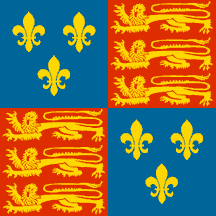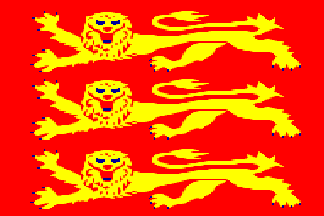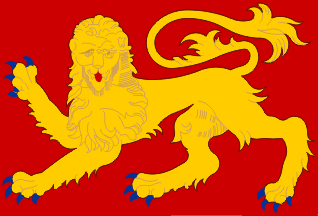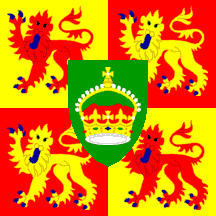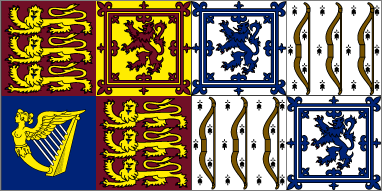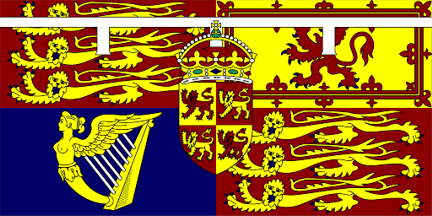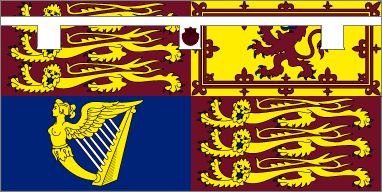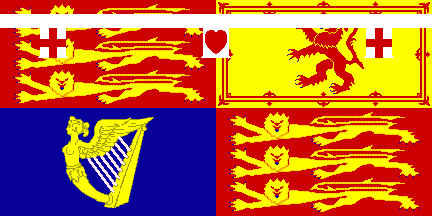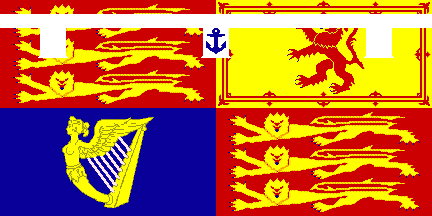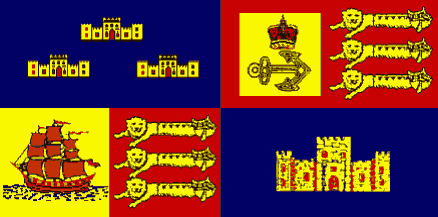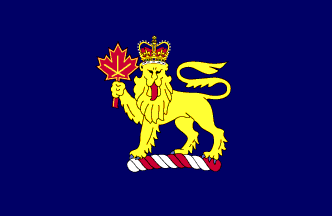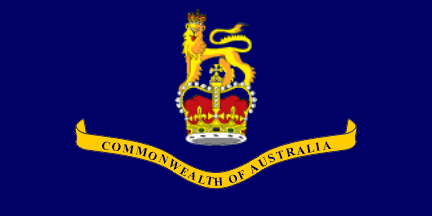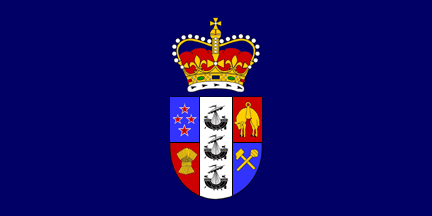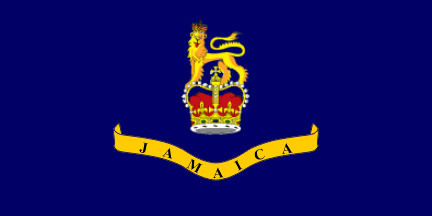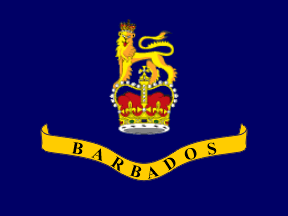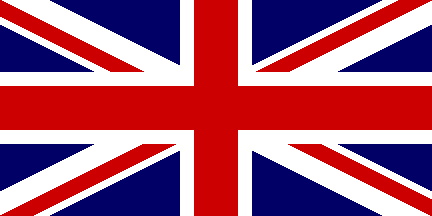H.M.S. Hood: "the beauty, grace and immaculate strength of her"
 We note, belatedly, the death of Albert Edward Pryke "Ted" Briggs MBE, the last living survivor of the sinking of HMS Hood. Destroyed in tracking the Bismarck in May 1941, the Hood was the pride of the Royal Navy. Of its 1,418 crew only three survived. The story of signalman Briggs and the Hood, retold in countless books, films and TV documentaries, is also a love story. It was the chance sighting of HMS Hood, anchored off the river Tees at the age of 12, that charged the young lad with the idea of life at sea. Briggs later recalled "I stood on the beach for some considerable time, drinking in the beauty, grace and immaculate strength of her." As with generations of young boys before him, Briggs went to his local recruiting office, being told to come back when he was 15. A week after his 15th birthday he returned and was accepted. On June 29 1939 he joined HMS Hood's crew. "It never once occurred to me that she might be sunk," he said. "As far as I was concerned, she was invincible. And everybody on board shared this view."
We note, belatedly, the death of Albert Edward Pryke "Ted" Briggs MBE, the last living survivor of the sinking of HMS Hood. Destroyed in tracking the Bismarck in May 1941, the Hood was the pride of the Royal Navy. Of its 1,418 crew only three survived. The story of signalman Briggs and the Hood, retold in countless books, films and TV documentaries, is also a love story. It was the chance sighting of HMS Hood, anchored off the river Tees at the age of 12, that charged the young lad with the idea of life at sea. Briggs later recalled "I stood on the beach for some considerable time, drinking in the beauty, grace and immaculate strength of her." As with generations of young boys before him, Briggs went to his local recruiting office, being told to come back when he was 15. A week after his 15th birthday he returned and was accepted. On June 29 1939 he joined HMS Hood's crew. "It never once occurred to me that she might be sunk," he said. "As far as I was concerned, she was invincible. And everybody on board shared this view."
Few in the Admiralty, and fewer among the officers and ratings, understood how air power had forever changed the nature of naval warfare. Visionaries, like the American General Billy Mitchell and Japan's Isoroku Yamamoto, had foretold the death of the great battleships. Hood was not, like her sister ship Prince Wales, destroyed by air assault. Instead, in one of naval history's luckiest shots, the Bismarck succeed in landing a shell precisely on the Hood's magazine, sinking the ship in minutes. For years complaints had been made about the thinness of Hood's deck armour, yet few would have imagine so specularly successful a shot in battle conditions. Through out the inter war years, Hood was launched in 1918, spent much of her time on goodwill visits. These were the years of the Treaty of Washington, a face saving deal between Britain, the United States and the other major naval powers. While nominally an arms limitation agreement, in truth it allowed the penny-pinching US Congress to cut back on naval spending, and allowed the Royal Navy the illusion of genuine parity with the Americans. Washington limited the size of both the USN and RN to parity in numbers and strength, a much needed relief for the strained post war Treasury. Finance would weaken the Royal Navy and her grand ships, but technology would make them museum pieces. The aircraft carrier, a British invention, transformed much of the world's great navies into seaborne aerial platforms. Yet there is still no shortage of boys like Ted Briggs, who dream of ships of immaculate beauty.
Read the full article >>
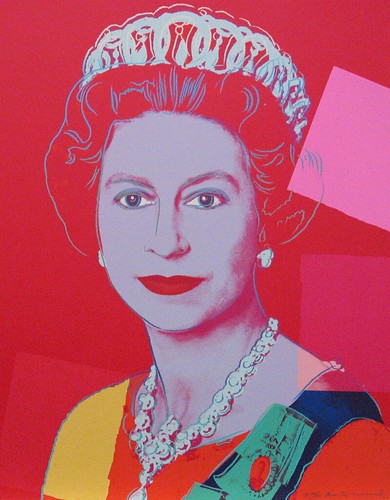 Vice-Regal Saint:
Vice-Regal Saint: 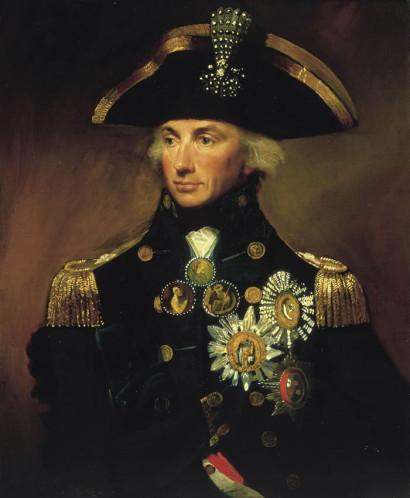

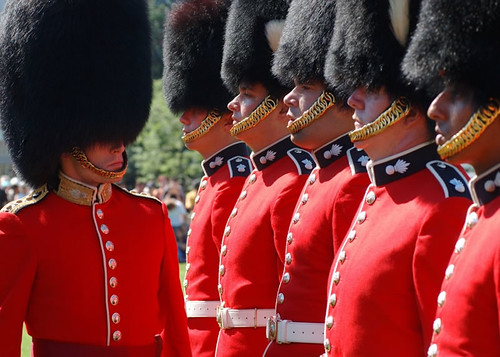
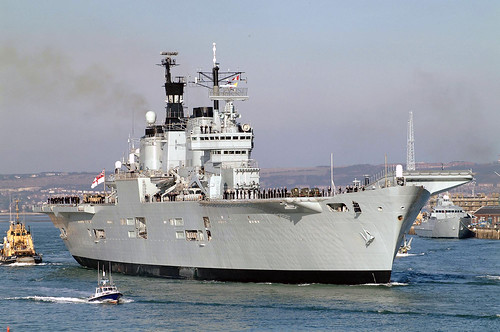
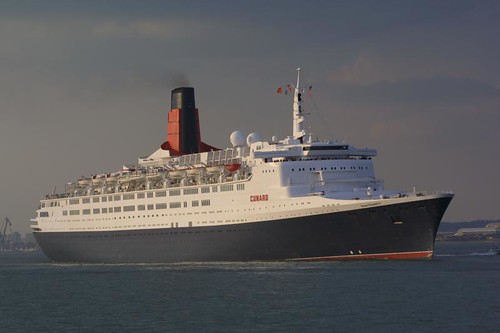
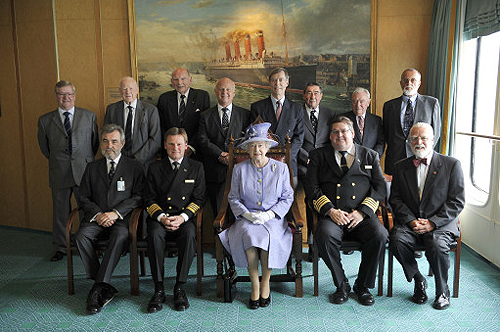
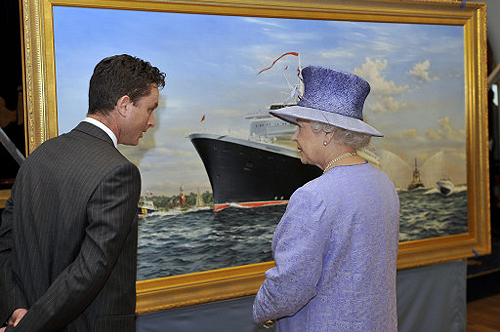
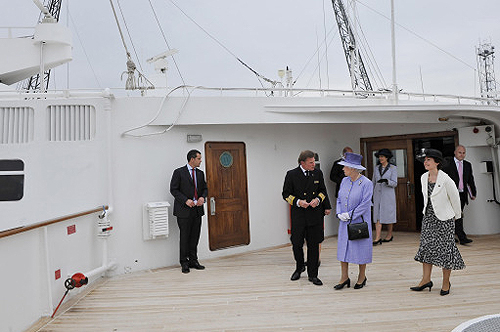
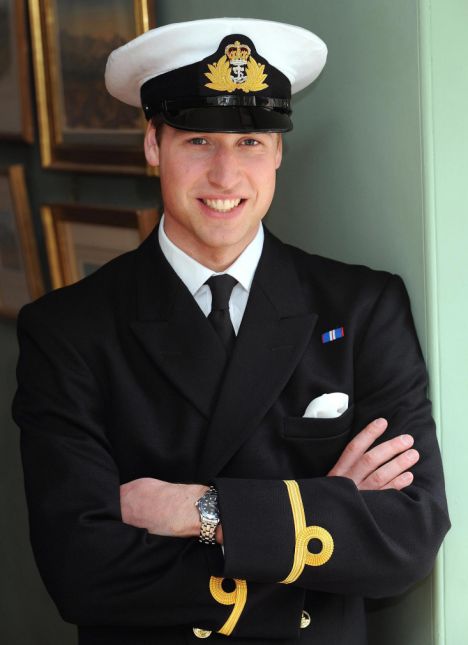





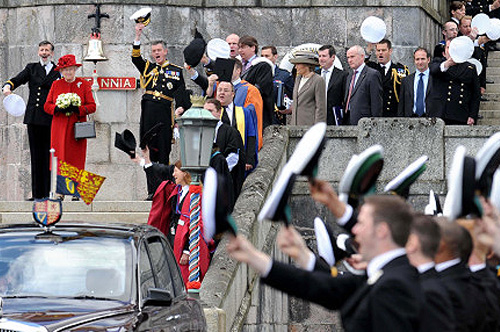







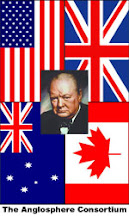







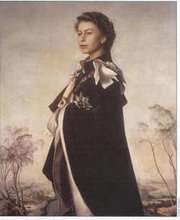


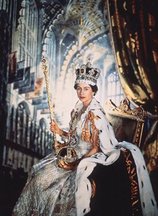
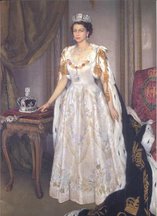

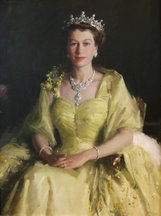
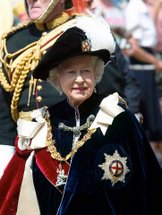

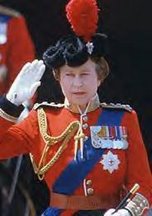











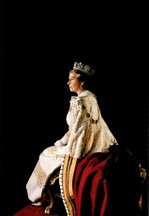



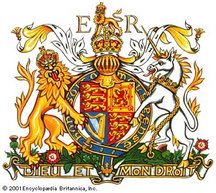

.gif)
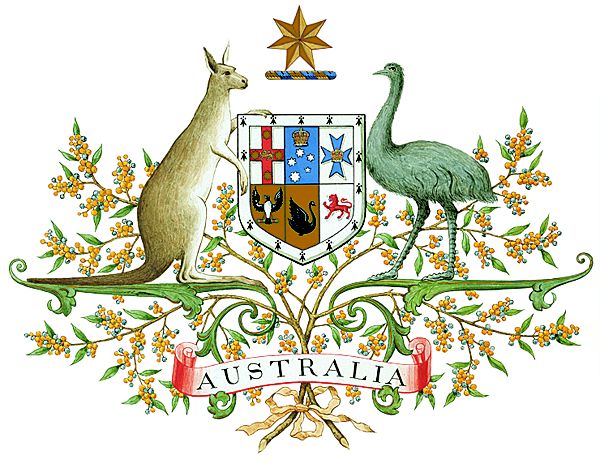
.gif)

